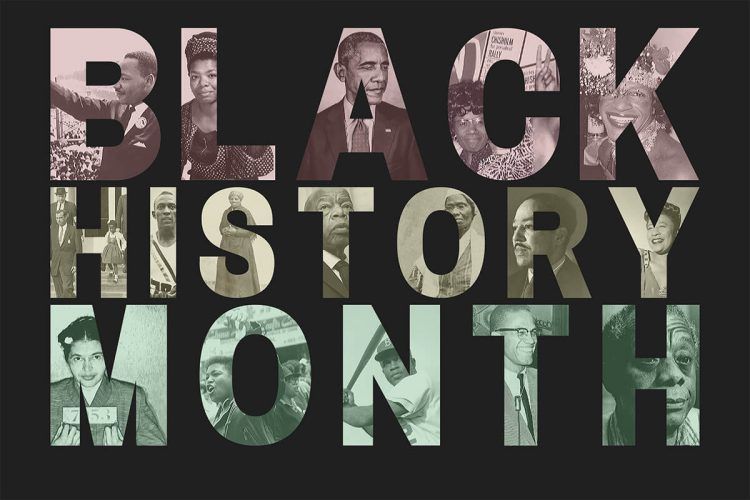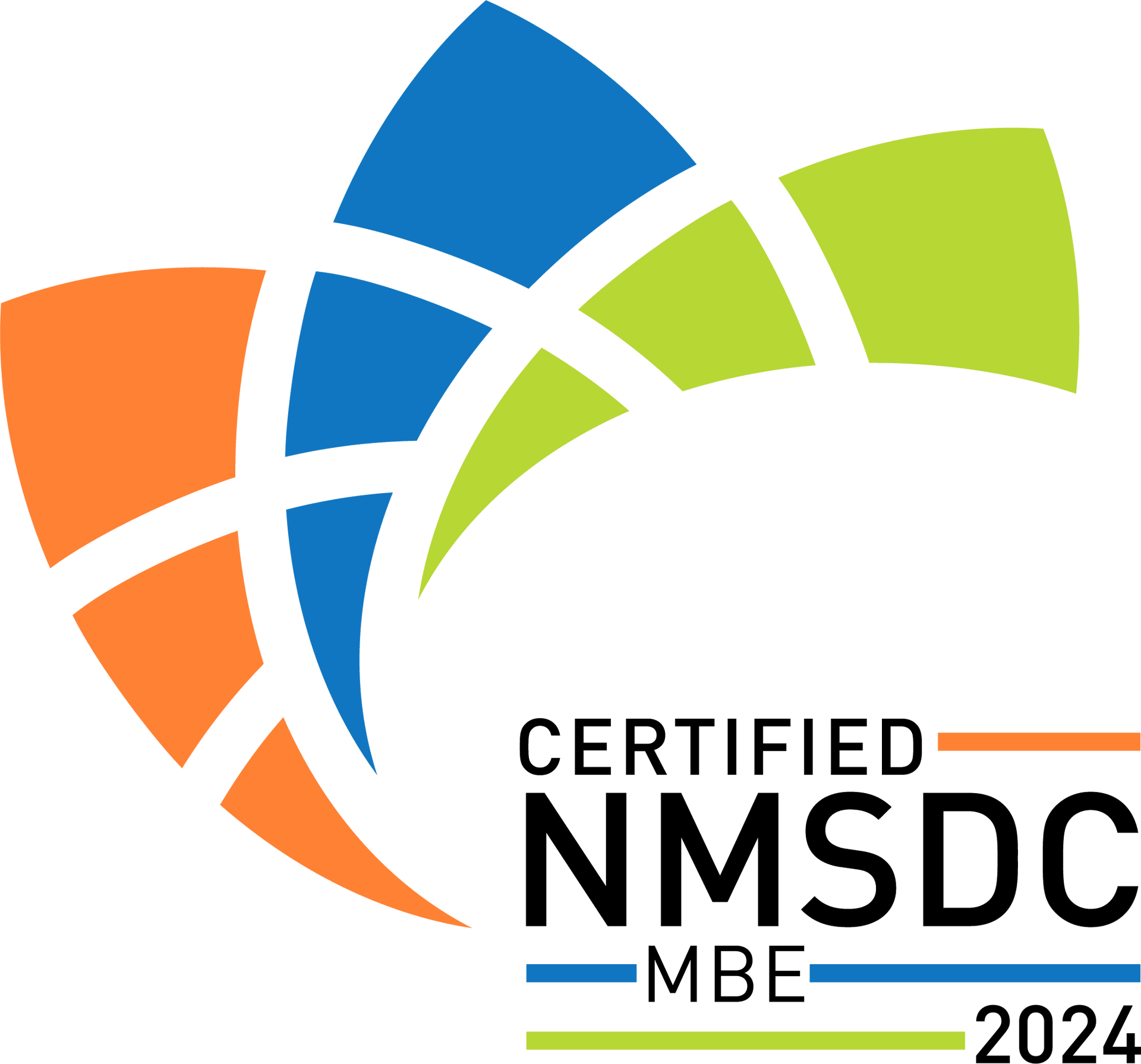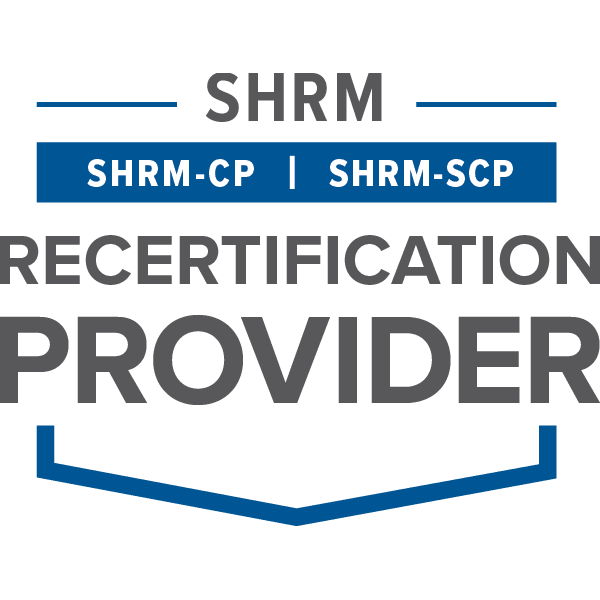Understanding and Acting on Microaggressions?
What are Microaggressions?
- Microaggressions are actions of bias, discrimination that lead to exclusion.
- Microassaults are the most overt form of microaggressions which show up in the form of slights and insults that can be verbal or behavioral
- Microinsults assert prejudice stereotypes making presumptions about an individual’s intelligence, morality, or belonging
- Microinvalidations are comments that deny or invalidate the lived experience of a marginalized group
Ref: https://www.medicalnewstoday.com/articles/microaggressions-how-and-why-do-they-impact-health
What are examples of microaggressions?
To highlight a few:
- Comments to people of color like “You’re so articulate” “You’re incredibly intimidating”
- “Can I touch your Hair?”
- “How can I get these perks?” Speaking to a person with a disability
- Assuming people of color are lower-level employees, not CEOs
- “She’s aggressive” when a woman of color is being assertive or confident
- Imitating people’s accents
The list goes on.
What Can I Do to Acknowledge and Stop Microaggressions in my Office?
Diminishing microaggressions in the workplace starts with accountability, responsibility, and education. It is not a person of color or those that are experiencing the microaggressions constant responsibility to defend themselves. It begins with leadership.
- Make yourself aware of what microaggressions are and how they show up
- Educate your team
- If you hear something, say something
- Be an advocate for EVERYONE on your team
- Engage training organizations like our partner REACH to provide in depth education on creating an equitable and inclusive environment
What are the Impacts of Microaggressions?
Mental:
- Increased levels of stress
- Lack of sleep due to imbalance of mental function
- Violent outbursts
- Decrease in Confidence
Physical:
- High blood pressure
- Cardiovascular disease
- Hypertension
- Higher engagement of unhealthy behaviors (smoking, drinking, etc)
Diminishing a person’s sense of belonging at an organization leads to a decline of productivity because of the lack of inclusion. It is a company’s responsibility to understand microaggressions, educate their staff, and hold their team accountable on inclusive language and practices.





